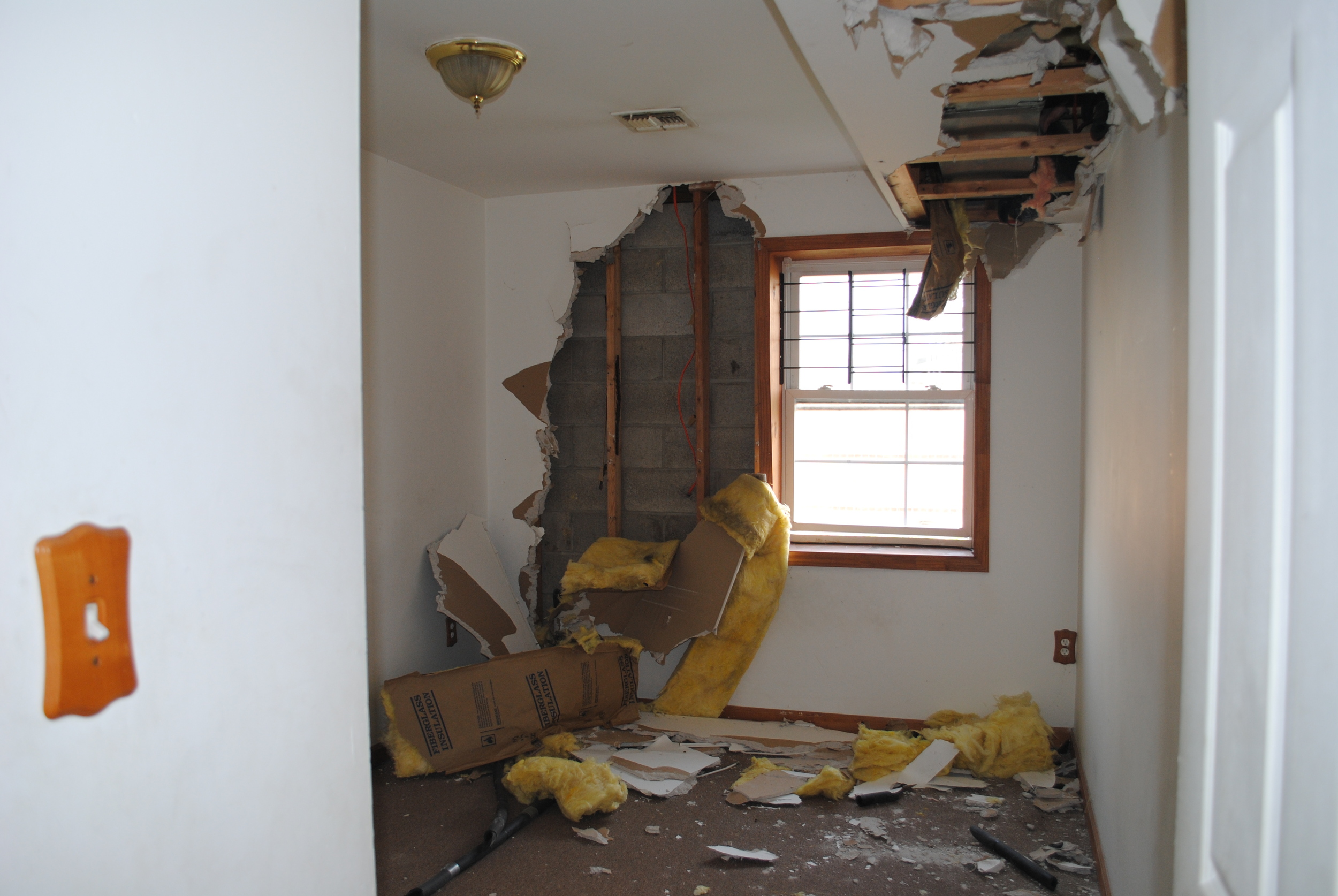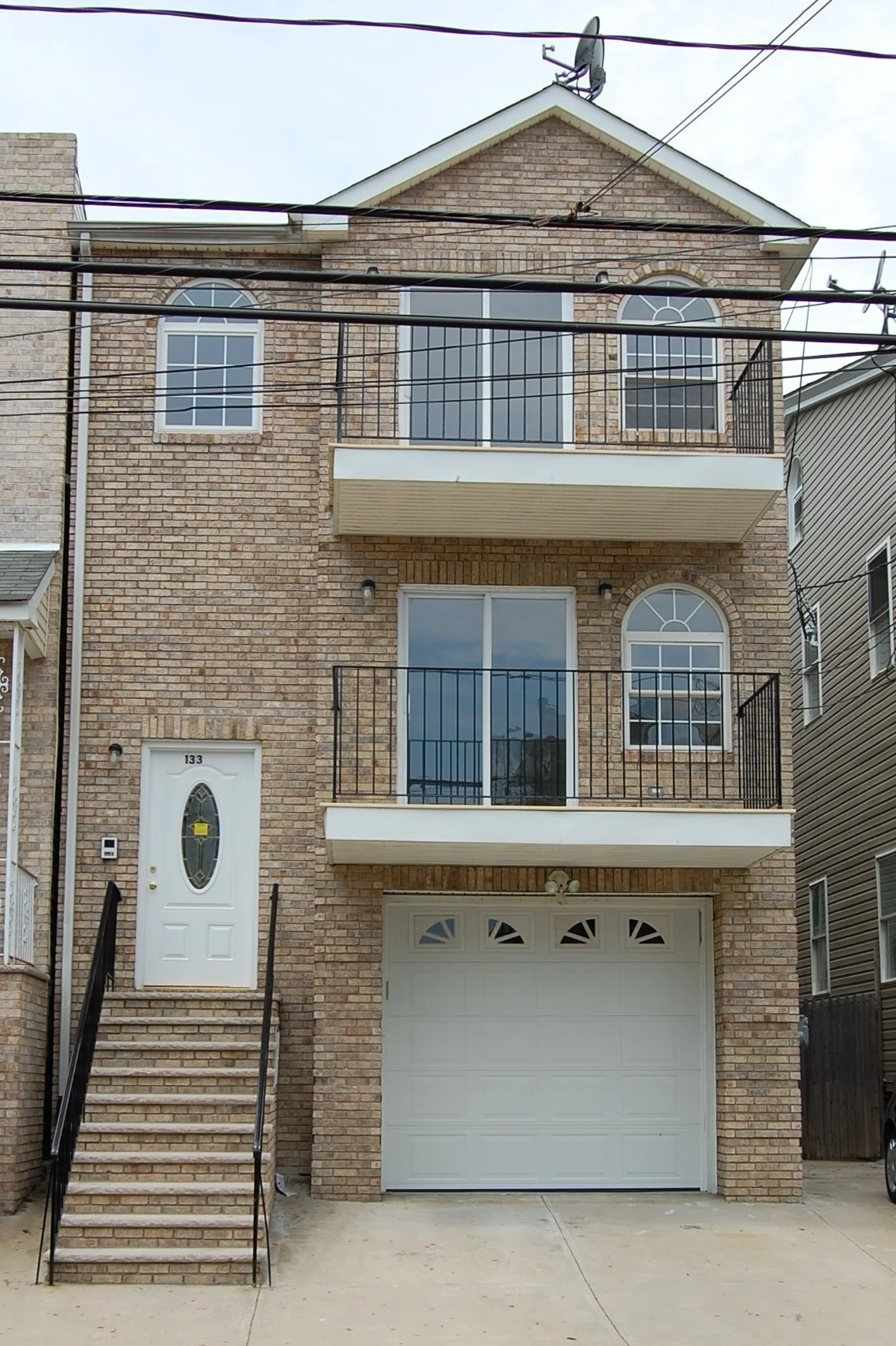Project Details
Addresses: 52 Jewett Avenue, 133 Clerk Street, 279 Forrest Avenue, 62 Stegman Parkway, 152 Arlington Avenue, 152.5 Arlington Avenue, 39 Wegman Parkway, 117 Armonstrong Avenue, and 92 Armstrong Avenue
Description: Home ownership; 2-family homes; Rehabilitation of 9 foreclosed properties
Completion: December 2011
Total Number of Units: 18
Number of Rental Units: 9
Number of Home Ownership Units: 9
Development Cost: $3,100,000
Number of Sites: 9
People Served: 54
The project involved the acquisition, rehabilitation and resale of 9 foreclosed two-family homes on scattered sites throughout Jersey City. This effort took advantage of the unique market position and community conditions that Jersey City enjoys, to stabilize housing prices, reduce the foreclosure rates, and reduce crime. With this project, GSECDC helped sustain and improve the community landscape by reducing blight and abandonment while enriching the lifestyles of working class families willing to embark on homeownership. The program also helped spark the local economy by creating temporary employment for construction professionals including Jersey City contractors and tradesmen and over $2 million in mortgage financing to the new buyers with fixed rates at as low as 4% for 30 years.
The homes have been sold to working class families with incomes between 80% and 120% of the area median, with sales prices varying from $210,000- $245,000. Each home provides a duplex unit for a moderate income home owner with 3BR/2BTH, kitchen with energy star appliances, a large living room/dining area, family room, hardwood floors, washer/dryer and dryer connections, garage parking, back yard and central heating and ventilation. Each structure also incorporates a 3BR/2BTH rental unit for a low income household at 50% and below the area median.
Ricardo Rosario, Senior Development Manager for GSECDC stated “The NSP project successfully tackled many of the neighborhood's contemporary issues, with swift and efficient action. This program transformed abandoned crime dens into productive homes, while creating value and wealth in the neighborhood through homeownership, private investment stimulation, and job creation. The project’s success highlights the efficient and responsible use of public subsidy, leveraged upon private funds, unique market conditions and unappreciated community resources.
This foreclosure based project took advantage of both the assets and issues of our neighborhood, and developed a holistic, replicable model to efficiently solve a broad range of social and economic factors in foreclosure-stricken urban communities.”






































